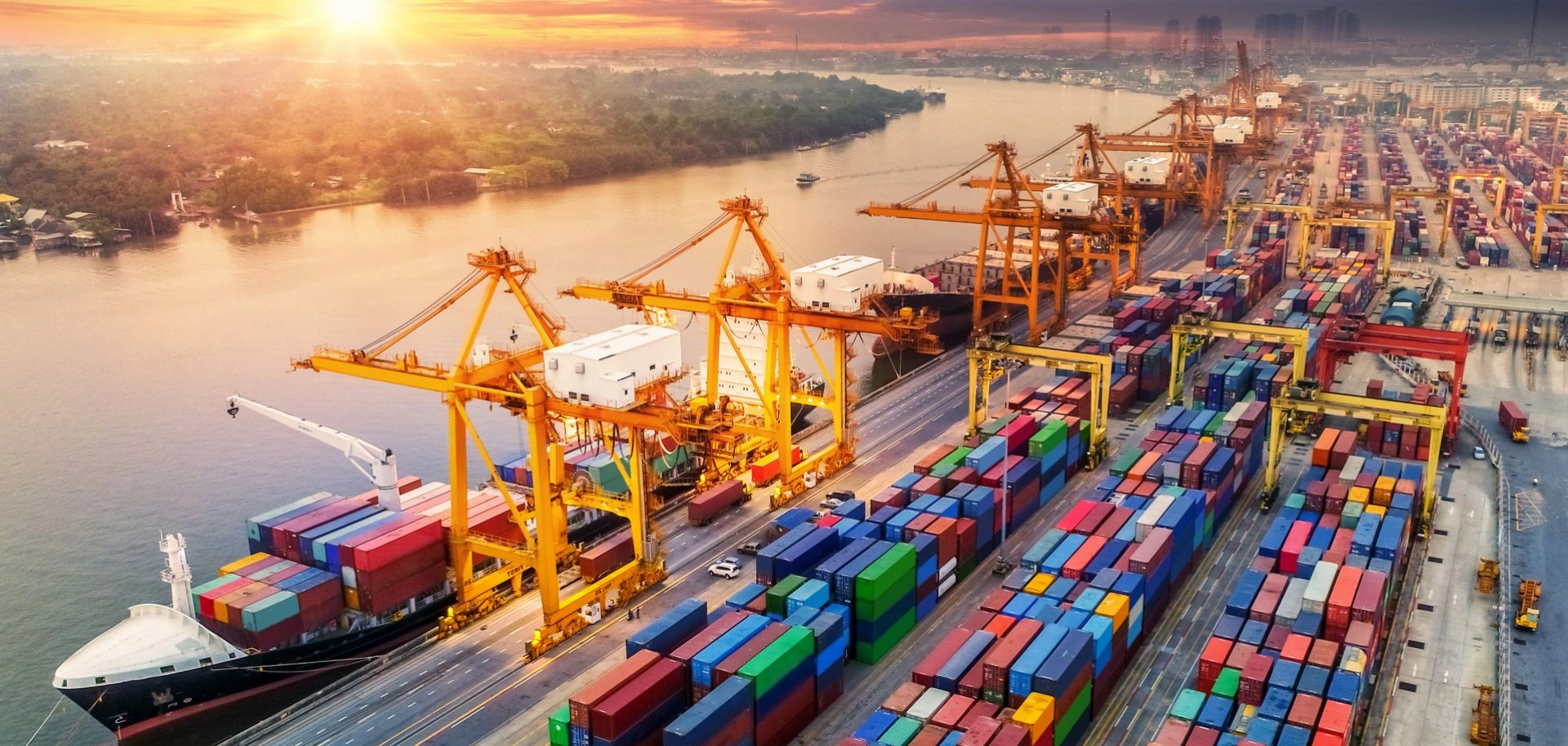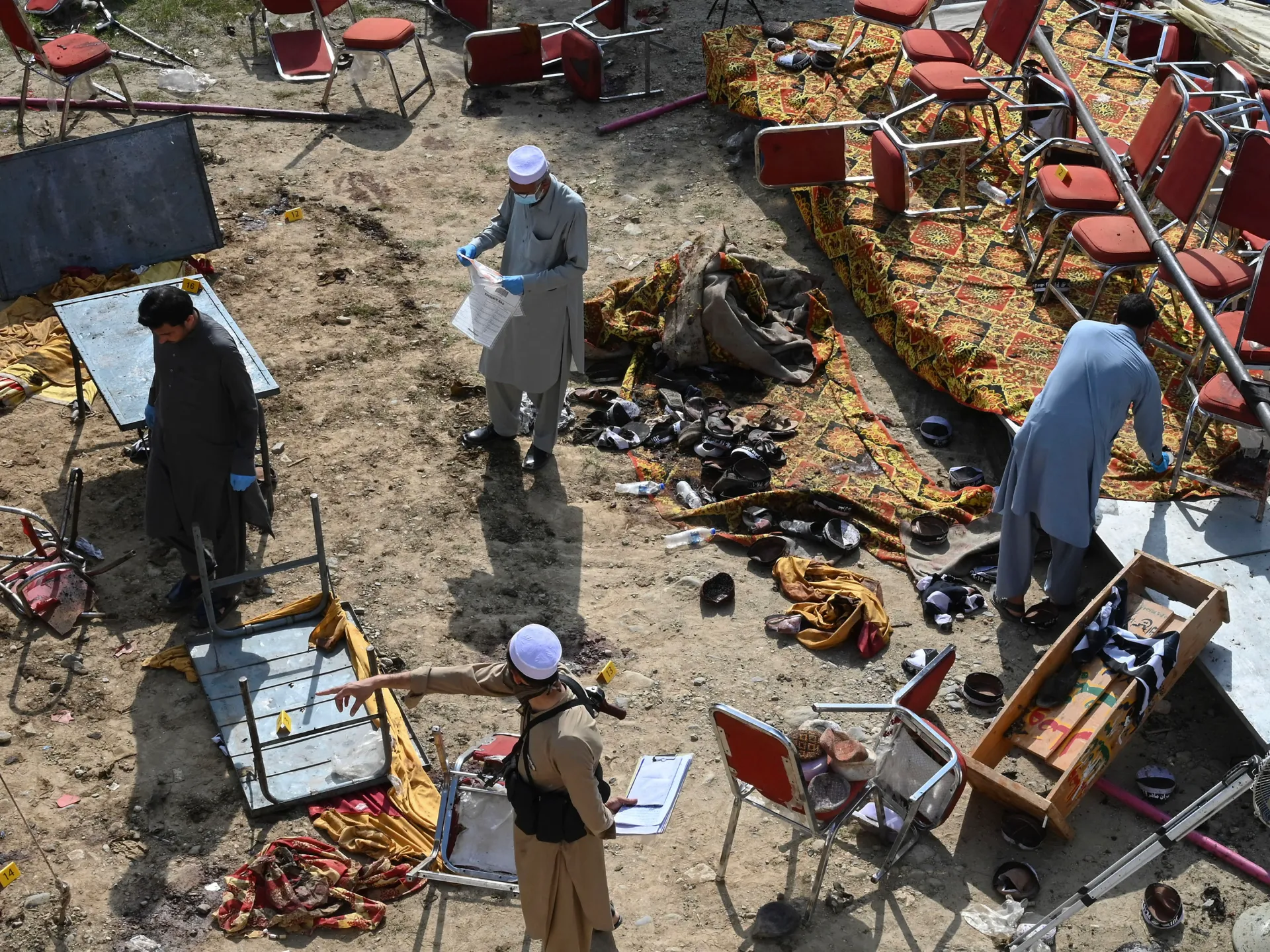India has decided to discontinue the transshipment facility for Bangladesh’s export cargo to third countries—such as Bhutan, Nepal, and Myanmar—via its land borders.
In a recent notification issued by the Central Board of Indirect Taxes and Customs (CBIC) on Tuesday, the Indian government announced the immediate cancellation of a previous circular dated June 29, 2020.
That circular had permitted export goods from Bangladesh to be transported to third countries through Indian Land Customs Stations (LCSs) to ports or airports, using containers or sealed trucks.
A statement from India’s Ministry of External Affairs (MEA) confirmed the withdrawal of the transshipment facility, citing the growing congestion at Indian airports and ports. “The transshipment facility extended to Bangladesh had over a period of time resulted in significant congestion at our airports and ports. Logistical delays and higher costs were hindering our own exports and creating backlogs. The facility, therefore, has been withdrawn with effect from April 8, 2025. To clarify, these measures do not impact Bangladesh exports to Nepal or Bhutan transiting through Indian territory.”
This policy reversal is likely to affect the flow of Bangladesh’s ready-made garment exports through Indian gateways, especially at Indira Gandhi International Airport in New Delhi, which handles a substantial volume of such shipments.
The suspension is expected to hinder Bangladesh’s trade logistics, particularly with neighboring nations like Bhutan, Nepal, and Myanmar, which depend heavily on Indian transport infrastructure for international commerce. The earlier arrangement had been beneficial in reducing both delivery time and shipping costs.
Also See: India, Cyber Espionage, and Political Influence: What Canada’s Report Unveils
The Apparel Export Promotion Council (AEPC) of India had been lobbying for the removal of this facility. Since India and Bangladesh are direct rivals in textile exports, eliminating the facility is seen as a step to ease congestion at Indian airports and support domestic exporters, according to AEPC Chairman Sudhir Sekhri.
Ajay Srivastava, founder of the New Delhi-based Global Trade Research Initiative (GTRI), warned that this decision could bring India’s WTO obligations into question. He highlighted that the WTO’s rules require member countries to guarantee free and uninterrupted transit of goods to and from landlocked nations.
According to Srivastava, Article V of the General Agreement on Tariffs and Trade (GATT) 1994 ensures such transit rights, prohibiting unnecessary restrictions, delays, or transit-related charges.
India’s apparel exports saw a 3.46% decline year-on-year in January, adding pressure on the sector. Currently, around 20–30 truckloads of Bangladeshi goods enter the air cargo terminal at Delhi’s international airport daily, contributing to overcrowding.
Sekhri also mentioned that disruptions in maritime routes—due to the Red Sea crisis and piracy threats—have prompted exporters to switch from sea to air, further inflating logistics expenses.
This news is sourced from Dhaka Tribune and is intended for informational purposes only.

![India ends transshipment facility for Bangladesh exports via land borders, citing congestion and trade disruptions. [Image via Bangla Tribune]](https://southasiatimes.org/wp-content/uploads/2025/04/Hili-ed9d2a04edd6e9b1f92229cebae21170.webp)




